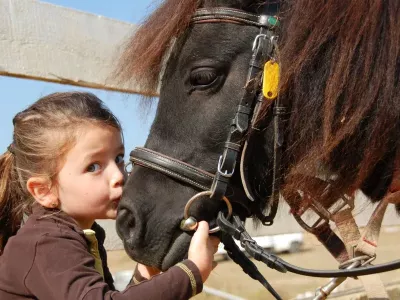Appily Ever After

How do parents know where their teenagers are, who they’re with, and what they’re up to?
Monitoring teenagers’ activities has been shown to be one of the most important things parents can do to help keep them safe and out of harm’s way. But what’s the best way to do it? And can you overdo it?
- At one extreme, parents can enlist the most up-to-date spy technology, perhaps even using drones to follow their teenagers around. One step back from that is a range of tracking apps that can be employed for a slightly lower cost and level of intrusiveness.
- At the other extreme, parents can ‘talk and hope’, relying on their teenager to ‘do the right thing’ and always give full, truthful and detailed descriptions to their parents about their movements and activities.
As with most things in life, the optimal strategy falls somewhere in between.
Most teenagers don’t deliberately plan to deceive their parents, but sometimes they may not tell the ‘whole truth and nothing but the truth’ — especially if parents don’t ask the right questions!
Teenagers need to learn how to anticipate and recognise risky situations, and be flexible in adapting to them. This doesn’t happen overnight and parents can play an important role in helping them develop these skills. It’s best to start when they are younger when the risks are less severe, but it’s never too late.
THE OTHER KIND OF FAMILY PLANNING
One way to build some risk-resistance into your teenager’s life is to encourage open conversations about their social activities.
Sharing information with each other about who’s going where for how long, when they’ll be home, and how to contact them if necessary, should be part of everyday conversation for the whole family. Everyone needs to be able to contact each other if a family crisis arises, or plans suddenly change.
This isn’t just a way of showing consideration for each other; it avoids reaching a point where it’s only the teenager who’s expected to explain their movements.
MAKE FRIENDS WITH TECHNOLOGY
Mobile devices and apps add significantly to family members’ ability to keep in contact with each other, but it’s important to remember that they should work in both directions. It’s just as important for a teenager to be able to contact mum or dad as it is for parents to be able to contact their teenagers.
For example, there are social networking apps that can show you immediately where other family members are (or at least where someone’s phone is!) as well as when a phone call or text may be inappropriate (e.g. when at a movie, or when driving). Apps like this can be explored and experimented with by all family members to increase communication and peace of mind all ‘round.
THINGS TO REMEMBER
Using apps like these from a one-sided perspective as a way to ‘track’ your teenager’s movements can lead to increased conflict, and may even result in teenagers turning to deception, such as swapping phones, leaving them at friend’s house or even using a fake-location app in an attempt to ‘beat the system’! Your teenager may end up exposed to more risk, as you’ll be left with a false sense of security, and/or there’ll be arguments and mistrust if the deception comes to light.
It’s worth mentioning that as your teenager gets older, you may have to renegotiate the rules about how much privacy they should be allowed to have.
It may all seem a little overwhelming, but try to approach your teenager’s exploration of the wider world with optimism and a sense that you’ll get through it together.
There’s another benefit to using new technology, too: if parents are struggling to keep up with the pace of new developments, it provides a great excuse for talking to your teenager to find out what’s new!

